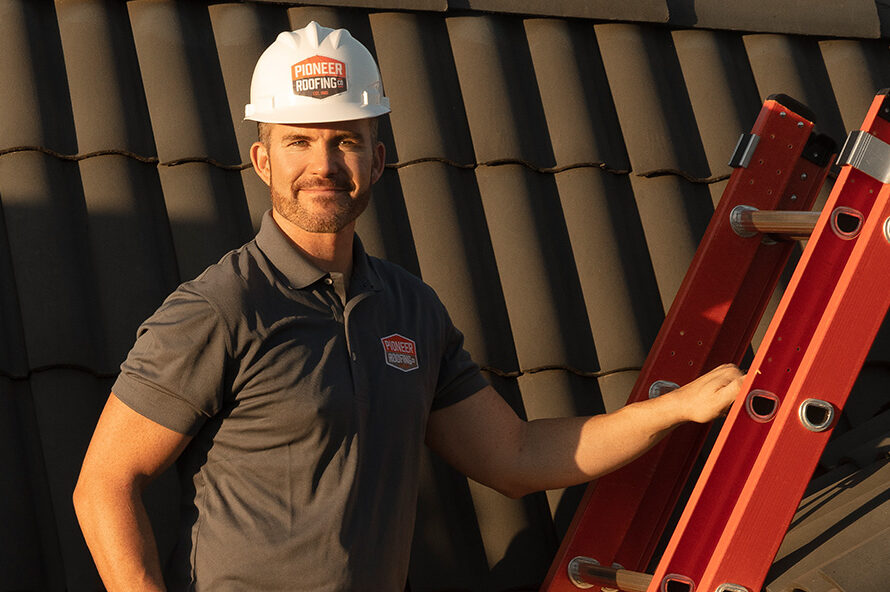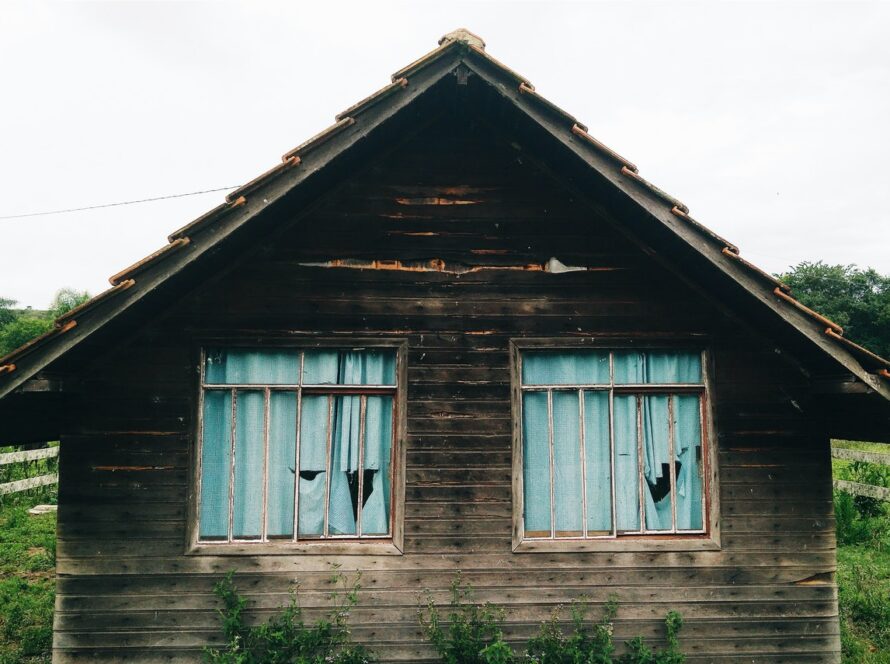When working with a flat roof, you might be wondering how it will drain water. After all, it isn’t like the typical slope roof where water runs down the roof thanks to gravity. A flat roof is, well, flat, and water is just going to pool there, right? That’s true only if there is no drainage solution or the improper solution is installed. Such pooling can lead to leaks and structural damage, not to mention lead to buildups of debris that can damage the calk and tar.
So, how does one drain water from a flat roof? Here’s a guide to help you understand how to do so:
1. Add Scuppers
Scuppers are one of, if not the most, effective drainage solutions for flat roofs. It works by implementing large squares along the roof’s edge that help to shoot water out and away from the building. Sometimes, downspouts are installed below to catch the water and safely drain it to keep the building and its foundation safe from any possible water damage.
Apart from what it does, scuppers are also excellent for other reasons. They are easy to maintain, affordable, and have little risk of getting clogged. If designed properly, scuppers can make a building look better than without it, making it one of the best drainage solutions for any structure with a flat roof. With that in mind, there are a few cons to consider as well. For instance, scuppers won’t work well if there is heavy rain or snowmelt, and the downspouts are also susceptible to clogs and must be checked often.
2. Install Gutters
Gutters are also effective at draining flat roofs. In fact, they are the most commonly used solution to drain flat roofs. It works by catching rainwater as it slowly rolls off the edge of the roof, which is directed through a series of gutters into the downspout that drains water away from the building safely and quickly.
That said, gutters have their own set of cons. First, they need to be cleaned offen because debris can easily build up in them. Also, gutters are susceptible to water damage and will need to be inspected and fixed once in a while. However, gutters are quite affordable, so measuring affordability versus these cons is necessary to see whether gutters are the right solution.
3. Implement Interior Drains
Interior drains are much like the drains in the sink. These drains are placed around the roof and collect water, leading the water to a series of pipes that are implemented right below the roof that is later drained into the gutter or downspout and away from the building.
As one can see, interior drains are quite simple. Thanks to how the system is designed, it is quite durable, although there are still some problems to be wary of. For example, the pipes and drains can easily get clogged, and sometimes, the pipes themselves might be damaged. The latter issues require a professional to be fixed, while the former problem can be solved by installing strainers paired with routine checking and clearing.
Conclusion
These three solutions are the common ways to drain flat roofs, and these three solutions are what you will consider when looking for ways to drain a flat roof. That being said, always spend the time to weigh the pros and cons of each option and see what kind of investments you will need to implement them properly. That way, you can pick a solution that you can work with, ensuring that your property is clear of any standing water and that your finances aren’t blown to pieces trying to implement a flat roof draining solution. Keep in mind that no matter which solution you pick, however, you want professionals to assist you in installing the draining solution. They will ensure everything is designed to provide maximum draining and extend the system’s lifespan, keeping you and your property away from any water-related issues.
Pioneer Roofing Company is a proud family-owned and operated business offering professional and high-quality roofing services. If you are looking for a roofing company in San Diego to help you set up your flat roof for success, work with us today!



